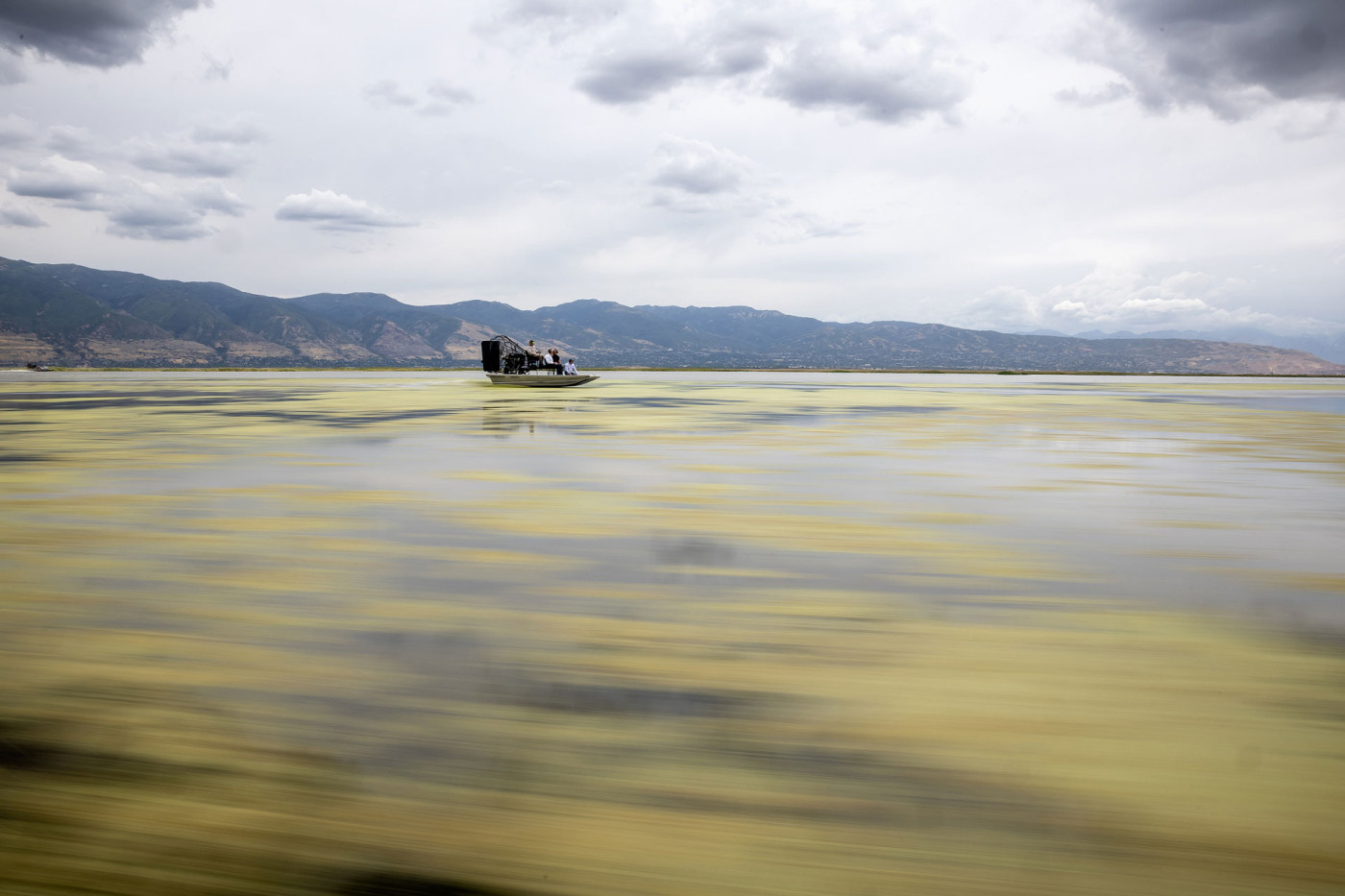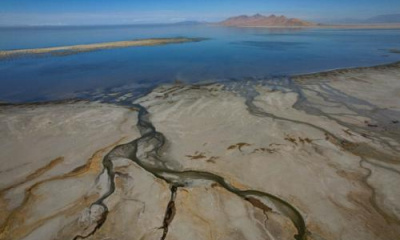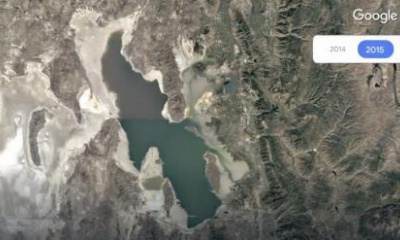Is there an ideal target for water levels that we’d like to maintain?
An elevation of 4,200 feet would be ideal, according to Laura Vernon, Great Salt Lake coordinator with the Utah Department of Natural Resources Division of Forestry, Fire and State Lands.
That elevation would allow nearly all the lake’s resources to be healthy, Vernon told the Great Salt Lake Collaborative. Those resources include recreation, bird habitat, wetland conservation and brine shrimp harvesting.
“We haven’t been at an elevation of 4,200 for quite some time … I know it’s been over 10 years,” Vernon said.
However, the challenge of bringing the lake’s water levels back to this elevation has been heightened by extended droughts and low-water years, and Vernon believes it’s no longer possible to reach 4,200 feet. Instead, she is more interested in ways to help the lake now.
“We have to figure out how to adapt and manage the lake at the level we’re at right now, which is 4,191.”
Adding nine feet may not seem like a lot, but to get that spread over 1,700 square miles would require the equivalent of two Bear Lakes, according to Utah State University researcher Sarah Null.
Does the difference in salinity between the north and south parts of the lake degrade the lake or contribute to evaporation?
Salinity, or salt concentration, does not degrade the Great Salt Lake, according to Craig Miller, hydrology and modeling section manager for the Utah Division of Water Resources.
On the contrary, Miller said salinity in the lake protects the water from evaporation. The south arm of the lake, however, does lose more water through evaporation than the north arm because of the causeway, which leads to less salinity in the south, according to Miller.
Miller noted that shallow bodies of water evaporate at quicker rates, meaning that if the lake’s water levels continue to decrease, evaporation may increase despite salinity. He added there is still much to learn about those processes.
“There’s so many things we don’t understand about how the lake evaporates water,” he said. “That’s one of the things I’m hoping we get more research in – that will influence how we manage the lake.”
How long do we have before the Great Salt Lake becomes biohazardous?
According to Dr. Kevin Perry, a local atmospheric scientist, the Great Salt Lake could soon become hazardous for the wildlife that rely on it.
“Unfortunately, we are very close to a tipping point to which the wildlife will not be able to use the lake in the way they’ve become accustomed,” Perry said.
This is because of salinity in the southern half of the lake. Brine shrimp cannot reproduce effectively if the water becomes more saline, Perry said, which results from decreasing water levels.
The lake won’t become hazardous for humans as quickly as it will for animals, but without action, the lake will eventually pose a threat to human life in the area. Perry said dust from the exposed lakebed could cause health problems, like cancer or cardiovascular disease, if inhaled over long periods of time.
Most of the lakebed, Perry said, is covered by a protective crust that prevents dust from becoming airborne. His 2019 study determined 9% of the exposed lakebed was emitting dust at the time.
Perry’s current research shows that the longer the lakebed is exposed to the air, the more likely it is that the crust will break up. He said this will increase the severity of current dust events happening because of the lake.
Do you have a question about the lake? Visit the Great Salt Lake Collaborative website to participate in an audience survey.









